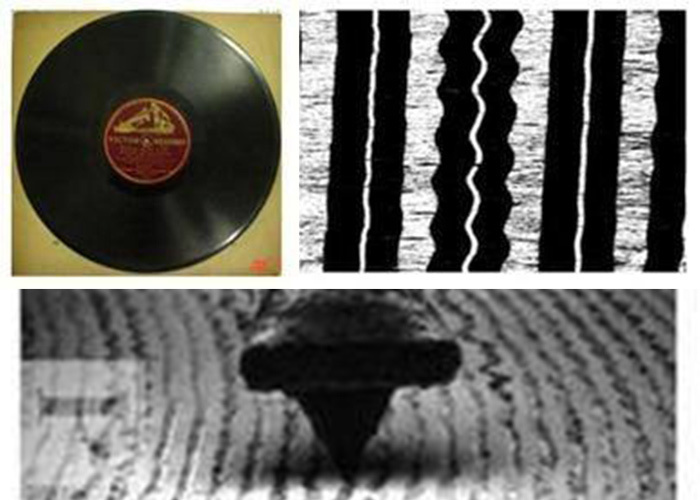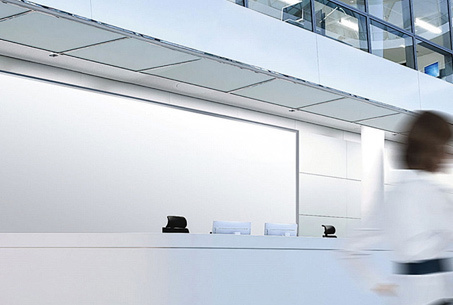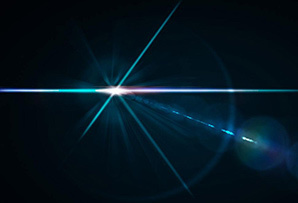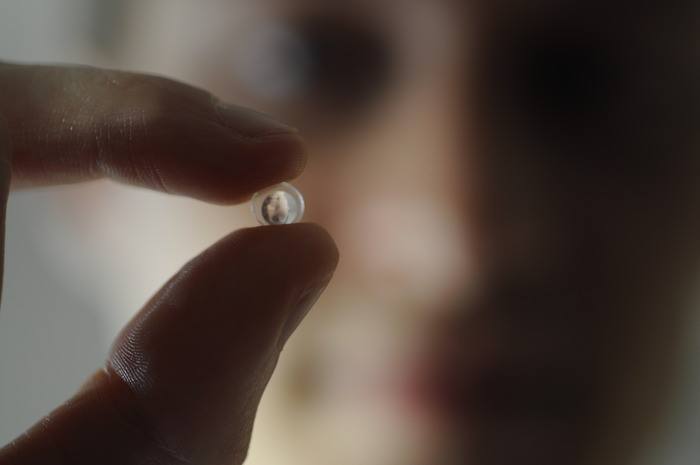News Center
NEWS
'SEE' VOICE: SCIENTIFIC PLAYING OLD RECORDINGS WITH MICROSCOPE
2017-08-28

How to listen to an old record? You might say, just find a phonograph and play it. But the reality is not so simple. Now, many old records are facing the crisis of poor preservation and breakage. If these record carriers are damaged, the audio data will be lost. The people who came to save these old records were two particle physicists working at the LHC (Large Hadron Collider). Through microscopes and computers, they have brought old broken records back to life. Before the advent of cameras, artists could also use painting and sculpture to restore the scenes they saw more finely, while recording and restoring sound faced more technical challenges. In 1860, the Frenchman Scott () for the first time successfully recorded sound with modern methods. He designed a sonic recorder based on the structure of the human ear, with three main structures corresponding to the ear canal, the eardrum and the ossicles. Sound is mechanical vibration, sound waves are transmitted to the instrument, and then bristle-like parts (corresponding to the auditory ossicles) attached to a membrane can record the vibration on paper or glass coated with lamp black (carbon black). In this way, Scott got the acoustic curve record in the figure below. This recording does contain information about the sound, but it cannot be reproduced.
Keyword:
More News

Let Optics Enter Life

Copyright©2024 Guangdong Beichuang Optoelectronic Technology Co., Ltd. All Rights Reserved
Powered By: 300.cn Business License SEO
COOKIES
Our website uses cookies and similar technologies to personalize the advertising shown to you and to help you get the best experience on our website. For more information, see our Privacy & Cookie Policy
COOKIES
Our website uses cookies and similar technologies to personalize the advertising shown to you and to help you get the best experience on our website. For more information, see our Privacy & Cookie Policy
These cookies are necessary for basic functions such as payment. Standard cookies cannot be turned off and do not store any of your information.
These cookies collect information, such as how many people are using our site or which pages are popular, to help us improve the customer experience. Turning these cookies off will mean we can't collect information to improve your experience.
These cookies enable the website to provide enhanced functionality and personalization. They may be set by us or by third-party providers whose services we have added to our pages. If you do not allow these cookies, some or all of these services may not function properly.
These cookies help us understand what you are interested in so that we can show you relevant advertising on other websites. Turning these cookies off will mean we are unable to show you any personalized advertising.
SAF Coolest v1.3.1.2 设置面板 GAGSD-ZGYF-JEXAE-AQV
无数据提示
Sorry, the current part is being updated, please pay attention!
You can view other columns or return toHome Page






